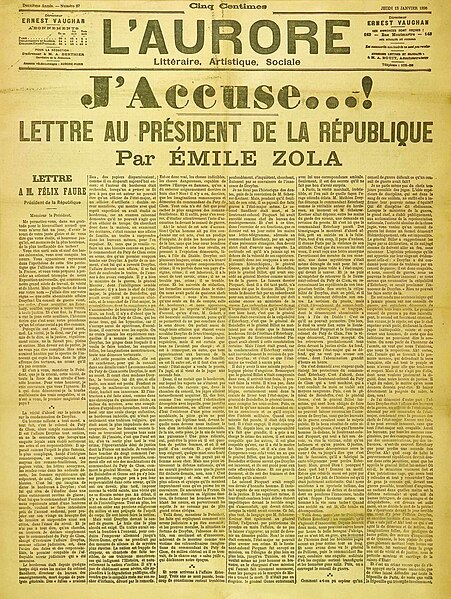The Republic of Letters was the long-distance intellectual community in the late 17th and 18th centuries in Europe and the Americas. It fostered communication among the intellectuals of the Age of Enlightenment, or philosophes as they were called in France. The Republic of Letters emerged in the 17th century as a self-proclaimed community of scholars and literary figures that stretched across national boundaries but respected differences in language and culture. These communities that transcended national boundaries formed the basis of a metaphysical Republic. Because of societal constraints on women, the Republic of Letters consisted mostly of men. As such, many scholars use "Republic of Letters" and "men of letters" interchangeably.
Institut de France building
Presumed portrait of Mme Geoffrin, by Marianne Loir (National Museum of Women in the Arts, Washington, D.C.)
The first issue of the Journal des Sçavans (title page)
The author of the Spectator, Richard Steele
An intellectual is a person who engages in critical thinking, research, and reflection about the reality of society, and who proposes solutions for its normative problems. Coming from the world of culture, either as a creator or as a mediator, the intellectual participates in politics, either to defend a concrete proposition or to denounce an injustice, usually by either rejecting, producing or extending an ideology, and by defending a system of values.
Erasmus of Rotterdam was one of the foremost intellectuals of his time.
Foreign Policy magazine named the lawyer Shirin Ebadi a leading intellectual for her work protecting human rights in Iran.
The front page of L'Aurore (13 January 1898) featured Émile Zola's open letter J'Accuse…! asking the French President Félix Faure to resolve the Dreyfus affair.
The Congregational theologian Edwards Amasa Park proposed segregating the intellectuals from the public sphere of society in the United States.








